info@dentallifeline.com
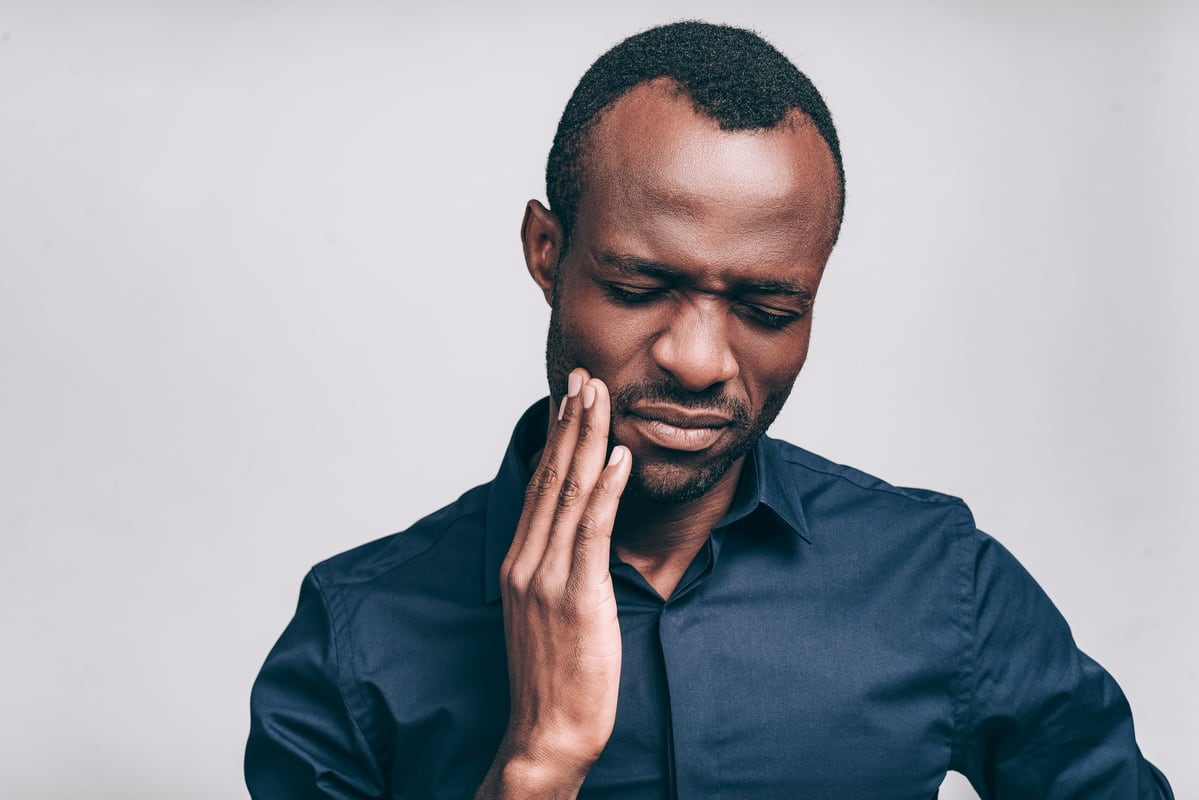 23 Apr 2019
23 Apr 2019
How To Stop Tooth Pain
We recently wrote a blog post about tooth pain, and discovered there are many reasons why someone might have tooth pain. But overcoming tooth pain is pretty simple and the answer to the burning question how to stop tooth pain is: see your dentist.
Regular dental visits support your overall health, and are primarily designed as preventative care measures, but, if something bad happens, or you haven’t been keeping up with healthy oral habits, you may need to see your dentist on an emergency basis.
How to Stop Tooth Pain
It’s important to see your dentist as soon as possible when:
- You’ve had dental trauma such as a sporting accident, slip and fall, accident, or other mouth injury
- You have lost a filling
- You have a tooth abscess
- You have pain, sores, and/or swelling in your mouth or jaw
- You have a loose or lost adult tooth
Tooth pain as a result of an accident, infection, or unknown cause, means you should call your dentist to be seen as soon as possible. Most dentists keep appointments open for emergency cases so you can get relief as quickly as possible. Over-the-counter pain remedies will help to lessen the pain but are not designed to cure any problem. If you are unsure, a call to your dental office can help troubleshoot and determine the severity of your concern. Remember, better safe than sorry when determining how to stop tooth pain.
 23 Apr 2019
23 Apr 2019
What to do in a Dental Emergency
You’re chatting with other parents while the kids are having fun in the bouncy castle. All of a sudden, everyone is looking at you and you can hear the unmistakable sound of your son sobbing in pain. He’s hit his front teeth on another girl’s head and one of his beautiful, brand new permanent teeth has been knocked out.
While you try to comfort your wet-faced, bloody son, one of the parents tells you to put the tooth in a glass of cow’s milk. Cow’s milk? That seems like it has to be an old wives tale. (It’s not.) One thing you do know is that you need to get him to an emergency dentist as soon as possible.
Dental emergencies happen. Knowing what to do when one occurs can mean the difference between your son keeping and losing his tooth. (And we all know that those adorable, toothless grins don’t melt hearts forever).
A Few Common Dental Emergencies and How to Handle Them
It’s good to have a dentist on speed dial. Pain and broken teeth can happen at any time and can bring even the most reluctant people to the dentist.
Knocked out tooth
Kids rough house, teenagers play sports, and adults take a “YOLO” approach to learning how to skateboard. When a tooth gets knocked out, pick it up by the crown (not the root), gently rinse with water, and try to gently push it back into the socket. If this isn’t possible, place it in a glass of milk and call your dentist.
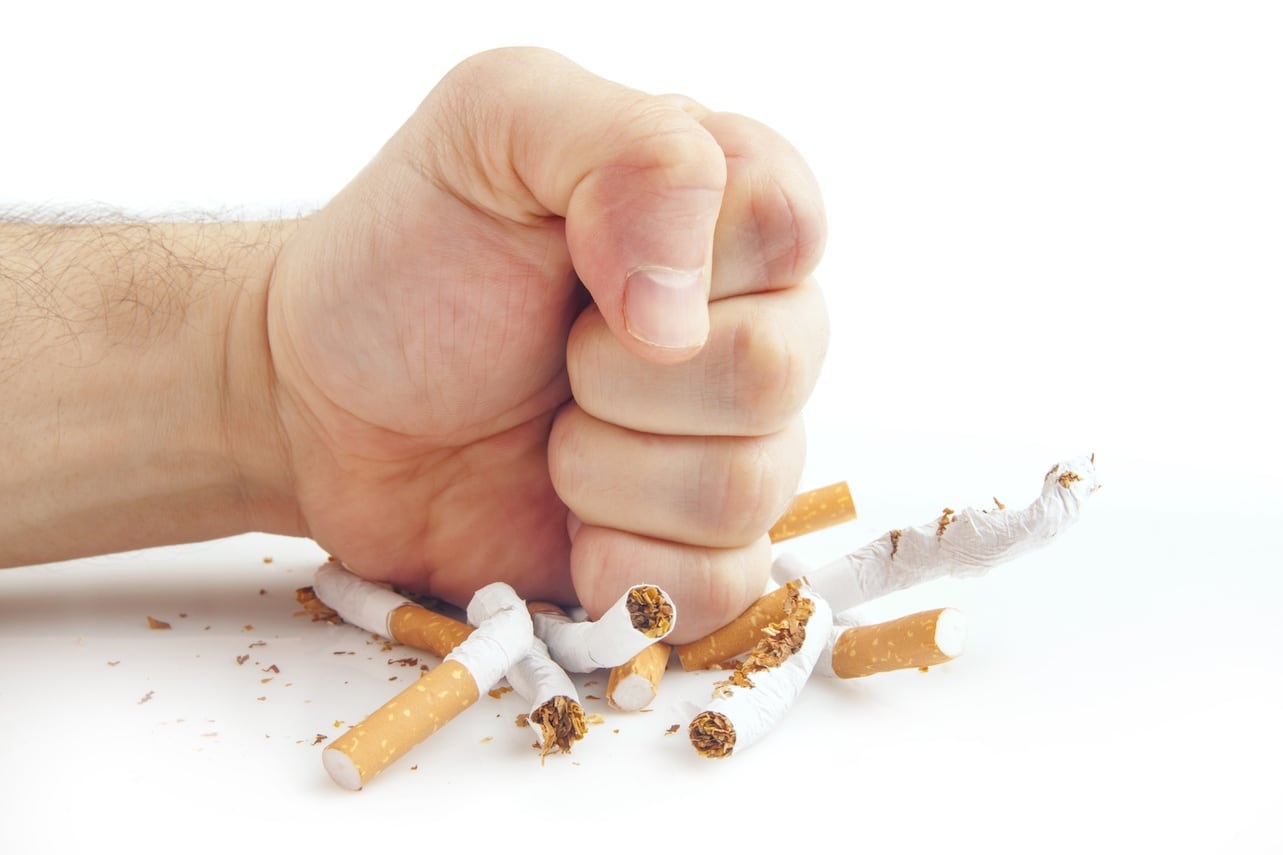 23 Apr 2019
23 Apr 2019
Dentists Save Lives
While it may seem strange that your dentist wants you to quit smoking and/or using tobacco, he or she is really just a part of your overall health team. Your dentist cares about more than just your teeth which is why we’re urging you to quit smoking!
What is the Great American Smokeout?
The Great American Smokeout is November 16th this year, a tradition dating back to the 70’s. It’s a day when smokers across the US are encouraged to quit smoking, even if only for the day. Started by the American Cancer Society, the Great American Smokeout allows smokers to immediately improve their health. Even though smoking rates have dropped by 42% since 1965, over 36 million Americans still smoke.
Increased popularity in hookah, e-cigs, and vaping are making it easier and more attractive to younger people to take up the habit as well. In fact, according to a recent study, traditional cigarette use was down from 2011-2016 among teens but both e-cigs and hookah use was up. This early tobacco use leads to nicotine addiction which creates a long-term habit.
Tobacco addiction is physical and mental and therefore requires a combination of strategies in order to break the habit. The Great American Smokeout offers several ways to help smokers quit, and those resources can be found here.
Sadly, “tobacco use remains the single largest preventable cause of disease and prematuredeath in the world” American Cancer Society.” Not only does smoking increase risk of many diseases , it’s also a leading cause of oral cancer. Sadly, most oral cancers are not detected until it’s too late, but it doesn’t have to be that way!
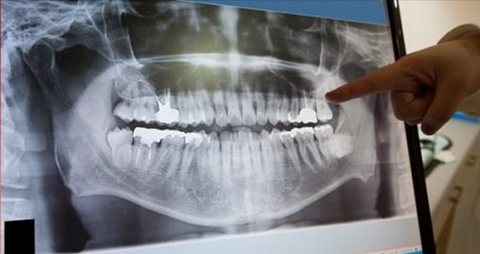 23 Apr 2019
23 Apr 2019
Dental X-Rays Are Safe
One of the most common things done at a routine dental visit is having x-rays. It’s those x-rays that allow the dentist to take a closer look at the overall health of your teeth to detect damage and disease affecting the roots and bones of your mouth, and to look for any possible cavities – things that aren’t visible during a routine visual exam. Sounds good, right? But then we cover you in a heavy vest and ask pregnant women to forgo x-rays which prompts lots of questions from our patients about dental x-ray safety. So, let’s talk about it!
The worrisome part about dental x-rays is the exposure to radiation. Radiation is a scary term, but the reality is that we are exposed to radiation in our everyday lives, not just during x-rays. Radiation is measured in units called rems. The doses in the medical world are so small, they are measured in millirems, or “mrem” which is just one thousandth of a rem. Below are some examples of amounts of radiation we’re exposed to in our everyday lives*:
- Airport scan is 0.001 mrem.
- Eating a banana is 0.01 mrem.
- Natural radiation in the human body is 0.04 mrem.
- Average flight from New York to Los Angeles is 4 mrem.
- Average chest x-ray is 10 mrem
- Average mammogram is 40 mrem.
- Annual cosmic radiation living in Denver is 50 mrem.
- An average (full body) CT scan is 1000 mrem.
 23 Apr 2019
23 Apr 2019
Cavity? Now What?
With more than 3 million cavities diagnosed every year in the United States, you are not alone if you or your child has a cavity. Cavities are the number one reason kids miss school and Today.com reported that 90% of adults, have had a cavity at some point in their life. If you have recently been told you have a cavity, your next question is likely, “Now what?”
The answer to that question will depend on the severity of the cavity. In cases where the cavity is discovered early, your dentist will want to perform a dental fillings procedure and have a conversation about the different types of fillings.
Dental Fillings Procedure
When filling a tooth, the dentist begins by administering a local anesthetic to numb the area around the tooth to reduce or eliminate any pain. The dentist will isolate the tooth to prevent contamination and keep it dry by using some kind of guard or dental appliance. He or she will then remove the decayed area of the tooth with a tool designed specifically for both the severity of the cavity and its location in your mouth. This can include the use of a laser, drill or air abrasion instrument which the dentist has received extensive training on.
Once the decay has been removed, the dentist will prepare the tooth for the filling by thoroughly cleaning it so you won’t have any bacteria, decay or debris causing future problems. The dentist will apply the filling material, which may require a special light to cure or harden the product (see types of fillings for more information on this). In the final step of the dental fillings procedure, the dentist will test your bite to ensure proper alignment and then polish so the filling is as smooth as your other teeth.
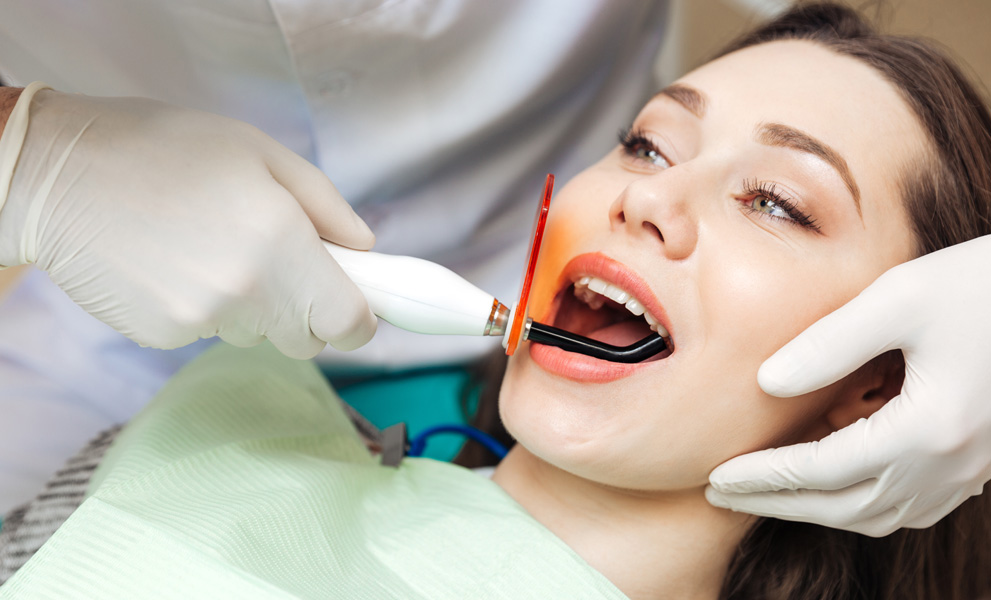 23 Apr 2019
23 Apr 2019
Why Smiling is Good for You
Genuine smiles are shown to help you reduce stress. In fact, we think this might be why “happy hour” started- after a stressful day of work, employees headed into a fun social gathering to laugh and let the stress of the day dissolve away. And, smiling is cheaper than a beer!
Take advantage of the stress relief benefits of smiling by smiling both during and after stressful activities to help lessen the effects of stress on your body. Evidence shows it can help both the body and mind recover more quickly. Source: Smile! It’s Good For Your Heart
Make Connections
By smiling, internal and external positive changes start happening right away. For example, smiling makes you appear more friendly, trustworthy and approachable. By smiling, you become more inviting than when you are not. This simple tweak allows connections with others, leaving you feeling less isolated or alone, which is important in feeling better.
Smiling is good for you and for others in part because it is free and contagious. Have you noticed how hard it is to not smile back at a genuine smile? And, in smiling, you might just make some one’s day better.
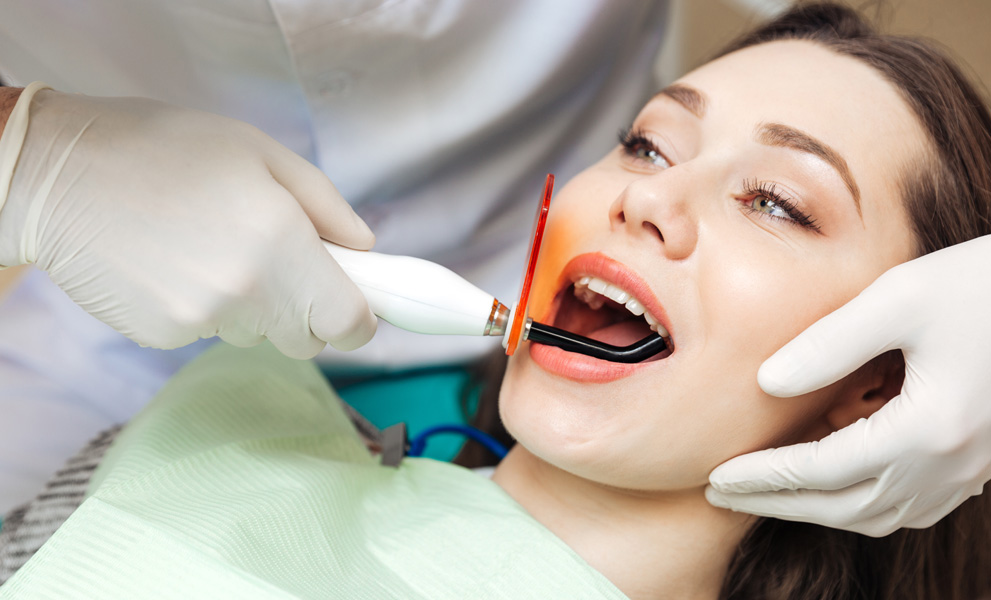 23 Apr 2019
23 Apr 2019
Green Dentistry
Eco-friendly dentistry is a new upcoming emerging trend in dentistry. It involves a high-tech approach, which reduces the environmental impact of dental practices in moving towards an ecologically sustainable health care system. It also encompasses a service model for dentistry that supports and maintains wellness. Eco-friendly dentistry is an approach to fulfill the necessities of patients and succors dental professionals to safeguard planetary and community well – being as well as financial health of their practices
 09 Apr 2019
09 Apr 2019
dentallifeline.com
As grown-ups, we realize that our teeth require consistent care. A strong oral cleanliness normal and expert dental care are both imperative. Be that as it may, the same is valid for a kid’s first teeth, despite the fact that they are at the end lost to clear a path for the lasting teeth. Truth be told, the disregard of a kid’s drain teeth and general oral wellbeing can have genuine results that could last well into adulthood . …
